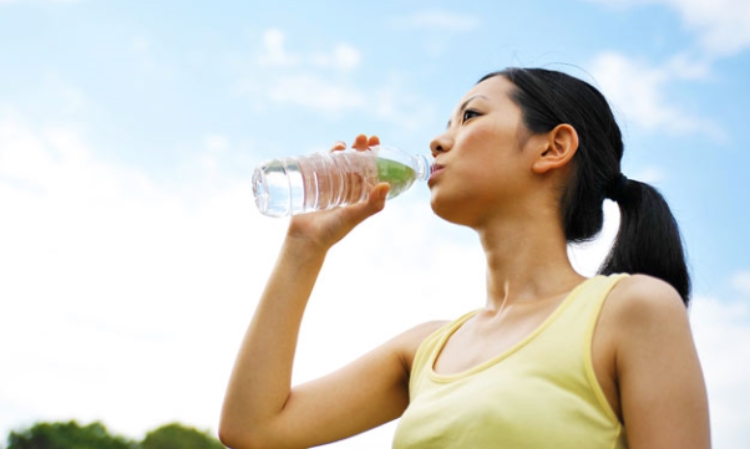The loss of bladder or bowel control, also known as incontinence, is a prevalent issue that occurs in men and women of all ages. There are many different types of incontinence, and knowing what type you or your loved one is experiencing is the first step to addressing the issue.
Furthermore, knowing the causes of these types of incontinence can help people prepare themselves in advance of difficult situations, and understand what is happening to them when it does.
As a quick overview, these are the most common causes of incontinence issues of all types, including temporary (“transient”) incontinence:
- aging
- arthritis or pain with movement
- bladder injury or urethra blockages
- certain medications
- childbirth
- constipation or diarrhea
- diabetes
- illness or surgery
- menopause
- muscle or nerve damage (from aging or childbirth)
- obesity
- pregnancy
- prostate enlargement/surgery
- weakness or disability

The following are the main types of incontinence and their accompanying symptoms:
Urge Incontinence
Individuals with urge incontinence frequently have sudden, strong urges to urinate that cannot be contained long enough to get to the bathroom. Risk factors include aging, prostate enlargement and diabetes. Urge incontinence may cause heavy leaks that can be contained with the help of an adult pull up or diaper.
Stress Incontinence
Stress incontinence causes a person to dribble when there is physical stress on the bladder, such as sneezing, coughing, laughing or lifting heavy objects. This type of incontinence is common among women of all ages and is often caused by pregnancy, childbirth, obesity, prostate surgery or menopause. Stress incontinence can often be managed with a bladder control pad or other liners designed for incontinence.
Mixed Incontinence
People with mixed incontinence experience a combination of urge and stress incontinence. This type of incontinence is most common among older females, and has the same causes as stress and urge incontinence.
Overflow Incontinence
When an individual’s bladder never empties completely, it can cause a frequent or constant dribble known as overflow incontinence. Overflow incontinence may be caused by some medications, diabetes, bladder injury, urethra blockages and other issues. Besides the issue of leakage, this type of incontinence may also lead to urinary tract infections since the urine left in the bladder becomes a breeding ground for bacteria. Overflow incontinence can be managed with the help of high absorbency pads or light absorbency underwear.
Transient Incontinence
Unlike most types of incontinence, transient incontinence is temporary and goes away once the cause is treated. Transient incontinence is often caused by illness or surgery, and is also known as acute, reversible or temporary incontinence.
Fecal Incontinence
The loss of control of the bowel is called fecal incontinence (also known as bowel incontinence), and can range from occasional leaks of stool while passing gas to a complete lack of control over bowel movements. Constipation, diarrhea and muscle or nerve damage associated with aging or childbirth are common causes of fecal incontinence. The use of adult diapers is recommended for individuals with significant bowel leaks.
Functional Incontinence
Functional incontinence is not a true form of incontinence; rather, it is caused by weakness or disability. Individuals with functional incontinence are able to control their urge to urinate but are physically or mentally unable to get to the bathroom themselves. Other possible causes include pain with movement, arthritis or medications.
Disclaimer: No information presented on this website or in this guide about the types of incontinence is medical advice or intended as a substitute for the advice of a physician. All information on this website concerning medical conditions is from publicly available sources.

